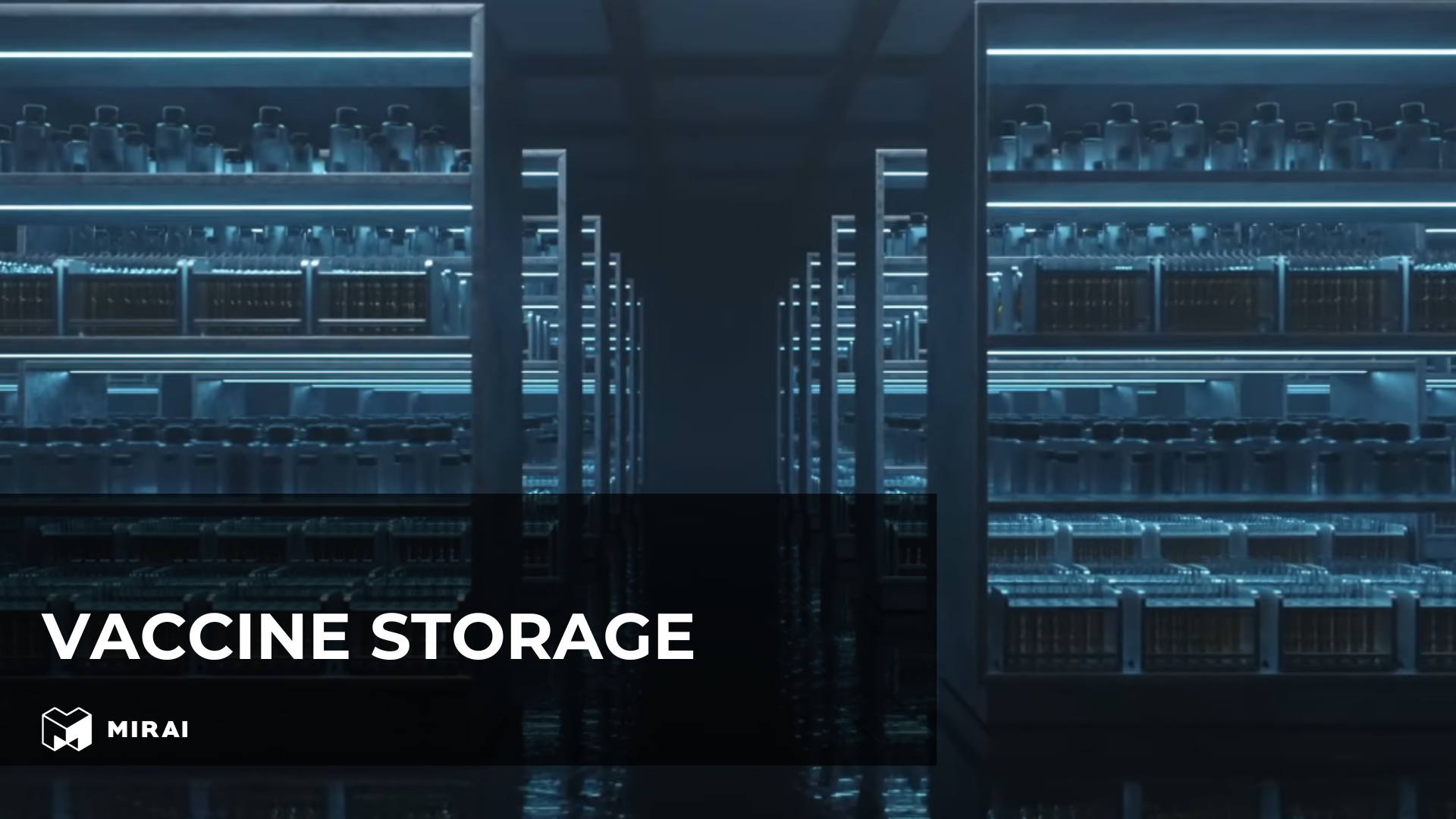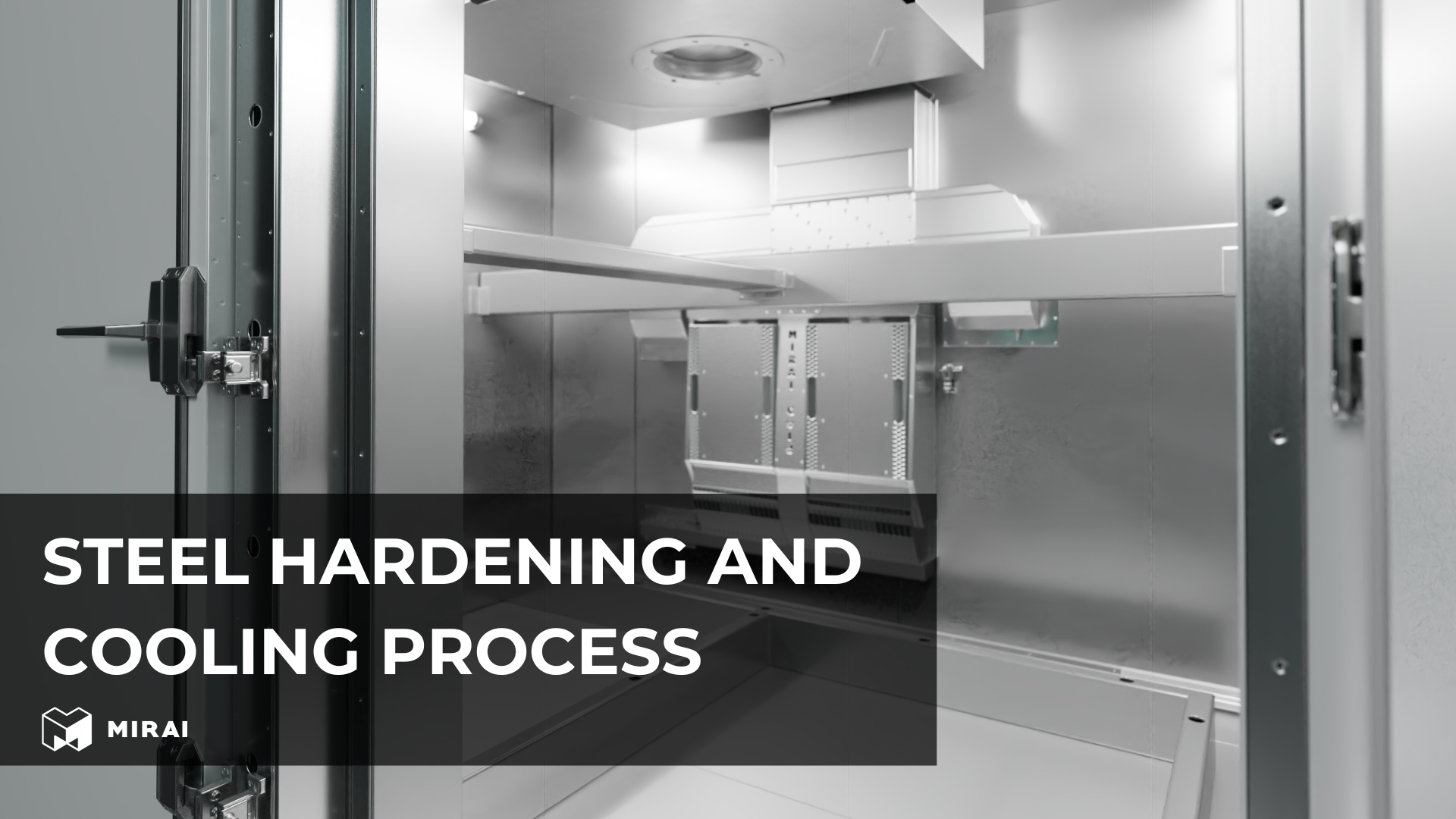Vaccine storage

The history of vaccines is a fascinating journey of medical breakthroughs and innovations. From the vaccine storage in smallpox in the late 18th century to the rapid development of COVID-19 vaccines, vaccines have played a pivotal role in combating infectious diseases. Alongside the evolution of vaccines, the need for effective vaccine storage and handling emerged as critical for maintaining the potency and efficacy of these life-saving tools. Proper storage conditions were recognized early on to be crucial, leading to the development of specialized equipment and protocols for vaccine preservation.
Problems Associated with Improper Storage
Improper vaccine storage can lead to a multitude of problems, including the loss of vaccine potency, which can render them ineffective. This not only leads to financial loss but also poses significant public health risks. Storage errors can result in the need for revaccination, increased susceptibility to diseases, and loss of public trust in vaccines. Improper handling and storage conditions, such as incorrect temperature, humidity levels, and exposure to light, can also contribute to the degradation of vaccines.
Principles of Vaccine Storage
Effects of Temperature on Traditional Vaccines
Traditional vaccines, such as those for polio, measles, and influenza, require storage and transportation at a controlled temperature range of +2°C to +8°C to maintain efficacy. These vaccines are sensitive to heat; exposure to temperatures above +8°C can cause cumulative and progressive degradation of the active ingredients. Although these vaccines can withstand room temperature for a few days during manufacturing and administration, higher temperatures accelerate this degradation process.
Vaccines Stored at Very Low Temperatures
Emerging vaccines, including viral vector vaccines like the Ebola vaccine and mRNA vaccines, require storage at much lower temperatures, specifically -90°C to -60°C and -25°C to -15°C. These vaccines are less stable and more fragile, necessitating strict temperature controls to ensure their efficacy. The COVID-19 vaccines from BioNTech Pfizer and Moderna exemplify this, with specified shelf lives at these low temperatures. This shift to extreme cold storage poses challenges for the existing logistics chains, which were previously not designed for such conditions.
The Refrigerant Challenge in Cold Chain Logistics
Temperature-controlled logistics for ultra-low temperatures is crucial. The industry faces significant challenges in using high Global Warming Potential (GWP) refrigerants below -50°C, such as the commonly used R404A and R452A in transport refrigeration units. Replacing R23 with natural refrigerants offers an interesting alternative for these extreme conditions, though considerations for energy efficiency and safety remain paramount. However, Air-based refrigeration has proved higher efficiency and safety, while keeping running costs to a minimum.
Promising options include natural refrigerants like carbon dioxide (CO₂) and hydrocarbons, as well as air, which is increasingly recognized as a viable refrigeration medium. The subsequent table highlights the environmental impacts and hazard levels of these alternatives compared to conventional refrigerants.
|
Refrigerants |
Chemical Name |
GWP (100 years) |
Safety Class |
Application |
|
R22 |
Chlorodifluoromethane |
1780 |
A1 |
-20℃ |
|
R23 |
Fluoroform |
12690 |
A1 |
-70℃ |
|
R134a |
1,1,1,2- Tetrafluoroethane |
1360 |
A1 |
0℃ |
|
R170 |
Ethane |
1.4 |
A3 |
-70℃ |
|
R600 |
Butane |
<1 |
A3 |
-20℃ |
|
R718 |
Water |
- |
A1 |
0℃ |
|
R729 |
Air |
- |
A1 |
-70℃ |
Humidity
While temperature control is paramount, managing humidity levels within vaccine storage units is also essential. Excessive humidity can lead to condensation, which can affect label adhesion and readability, potentially leading to handling errors.
Protection from Light
Many vaccines are sensitive to light, and exposure can decrease their potency. Consequently, vaccines must be stored in opaque or covered containers to shield them from light exposure.
Types of Refrigerated Storage Devices
Refrigerated vaccine storage includes purpose-built vaccine refrigerators, pharmaceutical-grade units, and freezer units for vaccines requiring storage at ultra-low temperatures. These devices often come with integrated temperature monitoring and alarm systems to alert healthcare professionals of any deviations from the required storage conditions.
MIRAI Products that can be Used for Vaccine Storage
MIRAI's range of pharmaceutical-grade refrigeration machines offers precise temperature control, making them ideal for the application of vaccine storage. These refrigeration machines are designed to maintain uniform temperature conditions and have built-in data logging features for monitoring and management of vaccine storage conditions.Mirai Open Cycle machines are equipped with a humidity extraction device - Snow Catcher, that manages the amount of humidity in the storage room. In addition, a nice benefit is that the equipment is completely environmentally friendly and produces no emissions. To achieve such low air temperatures, Mirai uses its engineered turbo-module in its machines, which does not need regular service and can guarantee reliability to its customers.
Mirai Intex machines are a favorite among leaders in the pharmaceutical industry. It has extensive experience in projects for vaccine storage and biomaterials. Projects allowed for publication can be found on the website in the references section, where it is also possible to see a project with KTI mobile storage container and Thomaidis CryoCargo - mobile vaccine storage.
When it comes to reliability, temperature control and energy efficiency, there is no substitute. In addition, when it comes to equipment usability, Mirai has an excellent competitive advantage - customization to suit customer changes. The customer does not need to change something in the machine or buy a new machine, if they need on a permanent or temporary basis a different temperature than originally designed, they simply set the necessary settings on the touch screen and the machine works according to them.
Requirements for Vaccine Storage
The safe storage and handling of vaccines are paramount in maintaining their efficacy and ensuring public health safety. The CDC's (Centre for Disease Control) guidelines outline the requirements for vaccine storage, including:
- Approved Equipment. Only CDC-approved refrigeration units should be used for storing vaccines to ensure they meet the necessary temperature and humidity specifications.
- Management and Handling Protocols. Facilities must follow strict protocols for the management and handling of vaccines, including regular training for staff and maintaining detailed records of storage conditions.
- Temperature Monitoring. Continuous monitoring of vaccine storage temperature is essential. Digital data loggers with detachable probes are recommended for accurate temperature readings.
- Transport. Vaccines must be transported in validated coolers with required temperature range.
- VFC Compliance. Facilities participating in the Vaccines for Children (VFC) program must adhere to specific storage requirements, including having backup storage plans in case of power outages or equipment failures.
The implementation of a comprehensive vaccine storage and handling protocol, including a proper checklist and the use of approved refrigeration equipment, is crucial for the safe and effective management of vaccines. By adhering to these guidelines, healthcare providers can ensure that vaccines retain their potency and are safe for administration to the public, thereby protecting communities from preventable diseases.

